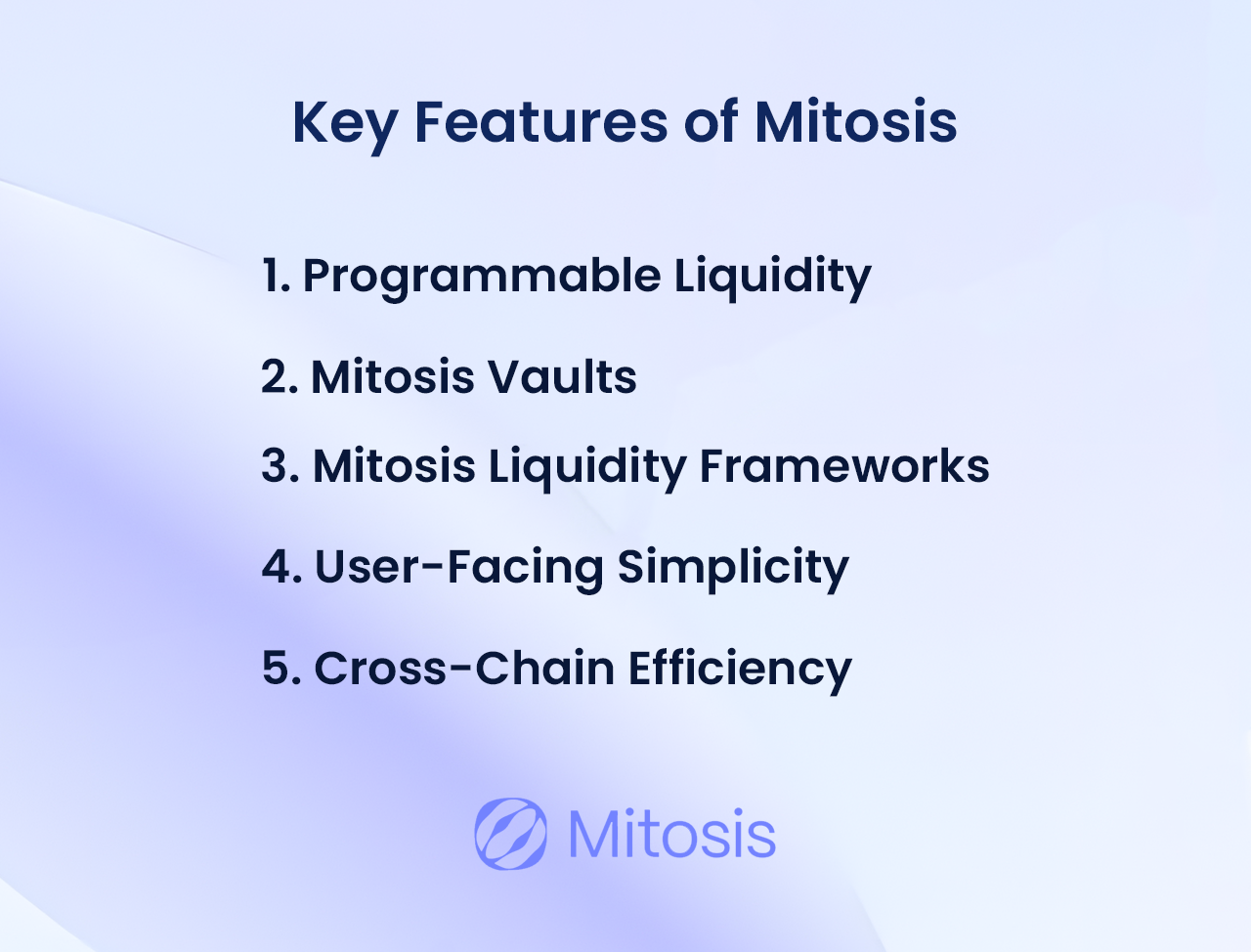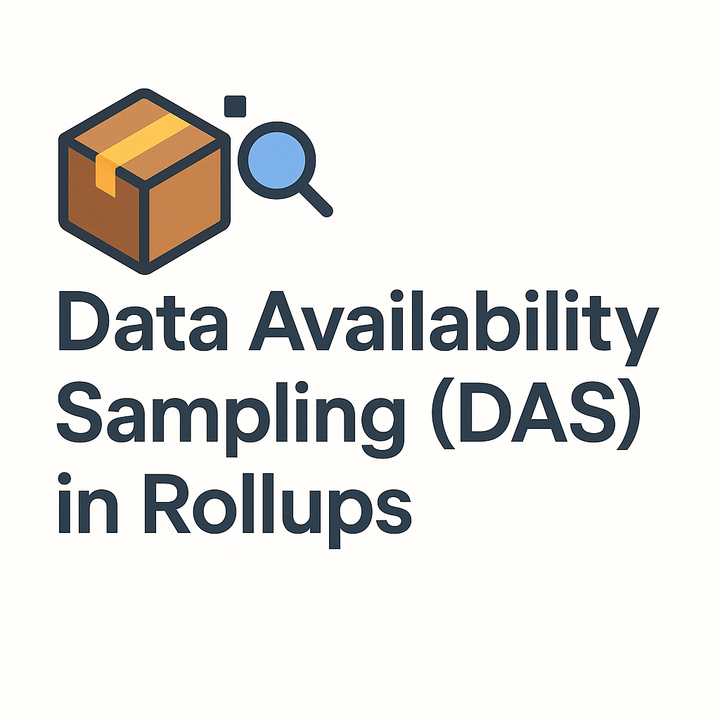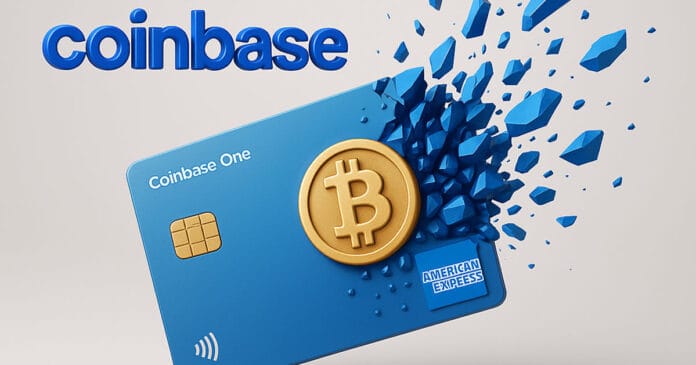Detailed Analysis of Mitosis and Its Role in DeFi

This note provides a clear look at Mitosis, following the guidelines from Mitosis University under the "Mitosis Core" category. The aim is to explain the concept of Mitosis, its main features, and its importance in the Decentralized Finance (DeFi) space. Understanding Mitosis helps clarify how this concept contributes to the development of decentralized finance.
Introduction and Context
The DeFi landscape is always changing, and a major challenge is liquidity fragmentation. This means that billions of dollars in digital assets are stuck in separate blockchain networks, causing problems and unstable returns. Mitosis is an Ecosystem-Owned Liquidity (EOL) a Layer 1 (L1) blockchain that offers a solution by allowing liquidity to be easily moved across different chains. This article provides a clear overview of Mitosis, its features, and its benefits for different users.
Background: What is Mitosis?
Mitosis is a network for Programmable Liquidity, which focuses on turning liquidity positions into tokens and integrating them into the Mitosis Ecosystem. It is a Layer 1 blockchain that helps new modular blockchains capture Total Value Locked (TVL) and attract users through the Mitosis governance process. Unlike traditional blockchains that mainly handle transactions, Mitosis is designed to improve how liquidity is managed across multiple chains, addressing the issue of information gaps in DeFi.
Mitosis introduces Programmable Liquidity, which automates and optimizes how liquidity is used across DeFi applications. This allows assets to move easily across chains while maintaining their value. The official website highlights Mitosis's main product, Matrix, which offers top DeFi opportunities and provides clear rewards, including access to better yields and special benefits for loyal users.
Key Features of Mitosis: A Simple Overview
Mitosis has several unique features that make it special in DeFi. Here are the main points:

1. Programmable Liquidity
This is the key feature of Mitosis. It allows users to manage their funds automatically and efficiently. With this feature, users can put their assets into different DeFi platforms and blockchains without having to do it manually. This helps them earn more money. For example, a user can deposit ETH on one blockchain, and Mitosis will automatically find the best ways to use that ETH to earn rewards across various platforms, as seen in the article 'Understanding Mitosis: The Network for Programmable Liquidity'.
2. Mitosis Vaults
Mitosis Vaults allow users to safely deposit their assets on any supported blockchain. When users deposit their assets, Mitosis automatically creates Vanilla Assets (e.g., vETH for ETH). These vaults serve as easy entry points for users to join the Mitosis ecosystem. They provide a secure and efficient way to deposit assets and start earning rewards. For example, if a user deposits 10 ETH on the Monad chain, they will receive 10 vETH on the Mitosis chain. This process makes it simple for users to manage their investments and earn yields.
3. Mitosis Liquidity Frameworks (MLFs)
Mitosis Liquidity Frameworks (MLFs) are systems that allow users to stake or lock their Vanilla Assets to earn rewards. There are two main types of MLFs:
- EOL (Ecosystem-Owned Liquidity):
When users stake their Vanilla Assets in EOL, they receive miAssets. These miAssets give users the right to participate in governance and earn rewards. For example, if a user stakes vETH in EOL, they will receive miETH, which allows them to take part in decision-making and earn yields. - Matrix:
Matrix is a system that allows users to lock their Vanilla Assets for a set period in order to earn rewards. When users lock their assets, they receive a special type of asset called maAssets, which provide fixed rewards over time, as noted on the official website Mitosis Official Website Overview.
For example, if a user locks vETH in Matrix, they will earn maETH. However, if they decide to take their assets out before the end of the locking period, they will lose their rewards. These lost rewards will then be given to users who keep their assets locked for the full term. This system encourages users to keep their assets locked for longer to get the most benefits.
4. User-Facing Simplicity
One of the best features of Mitosis is its easy-to-use interface. Users do not need to worry about bridging or wrapping their assets. Instead, they can interact directly with the system. For example, users can simply deposit ETH and receive miETH or maAssets right away.
This simplicity makes it easier for everyday users to get involved in DeFi. By reducing complexity, Mitosis lowers the barrier to entry, allowing more people to participate and benefit from the DeFi ecosystem.
5. Cross-Chain Efficiency
Mitosis provides cross-chain efficiency by keeping liquidity on the original blockchain. This helps avoid slippage and unnecessary transactions. Users can manage their assets easily across different chains through a single interface. For example, when a user deposits ETH on the Monad chain, it stays on Monad without any slippage. This approach improves the use of capital and makes managing assets more efficient.
Community and Engagement: Building a Vibrant Ecosystem
Mitosis has created a strong community through initiatives like "Game of MITO," a fun testnet that attracted over 299,892 users and generated more than $5.7 billion in trading as highlighted in a recent blog post Game Over MITO - The Conclusion of DeFi's First Gamified Testnet. This participation, from November 28, 2024, to December 19, 2024, not only tests the platform but also helps build a lively ecosystem where users can shape its future. Participants engaged with various dApps, earned experience points (XP) through activities, competed in different tiers, and reached important community goals.
Benefits for Different Stakeholders
Mitosis is designed to help different groups, as shown in the university article and official documents:
- For Users:
Mitosis makes it easy to earn more from idle assets. By putting assets into Mitosis Vaults, users receive tradable tokens (miAssets and maAssets) that can earn rewards while keeping liquidity. For example, depositing ETH gives users miETH, allowing them to earn rewards and take part in governance. - For Developers:
Mitosis allows developers to create advanced decentralized applications (dApps). They can build things like stablecoins that earn yield and cross-chain pools that adjust automatically based on market changes. This opens new possibilities for innovation. - For Institutions:
Mitosis helps institutions use miAssets as collateral for loans, making it easier to manage capital. All transactions are recorded on-chain, providing clear records to meet regulatory requirements. This makes Mitosis an attractive option for institutions looking to get involved in DeFi, with plans for features like KYC-gated pools and tokenized ETFs in the future.
Future Vision and Roadmap: Looking Ahead
Mitosis has an exciting roadmap that includes:
- Cross-Chain Liquidity Pools:
Creating unified markets by combining total value locked (TVL) from multiple chains like Ethereum, Monad, and Cosmos to improve interoperability, as mentioned in the manifesto. - Institutional Tools:
Introducing features like KYC-gated pools and tokenized ETFs to meet the needs of institutions, ensuring compliance and ease of access. - AI-Driven Strategies:
Using automated methods to allocate liquidity to high-yield opportunities, potentially integrating AI for better predictions.
Mitosis aims to be the liquidity layer for the decentralized economy, making advanced financial tools accessible to everyone and enhancing the DeFi experience.
Conclusion
Mitosis is an important step forward in decentralized finance (DeFi) by solving liquidity issues with Programmable Liquidity and features like Mitosis Vaults and Liquidity Frameworks. It offers benefits for users, developers, and institutions, and its strong plans for the future position it as a key player in DeFi. For those interested in Mitosis, exploring the internal links will provide more information about its technology and strategy.
Key Citations:



Comments ()